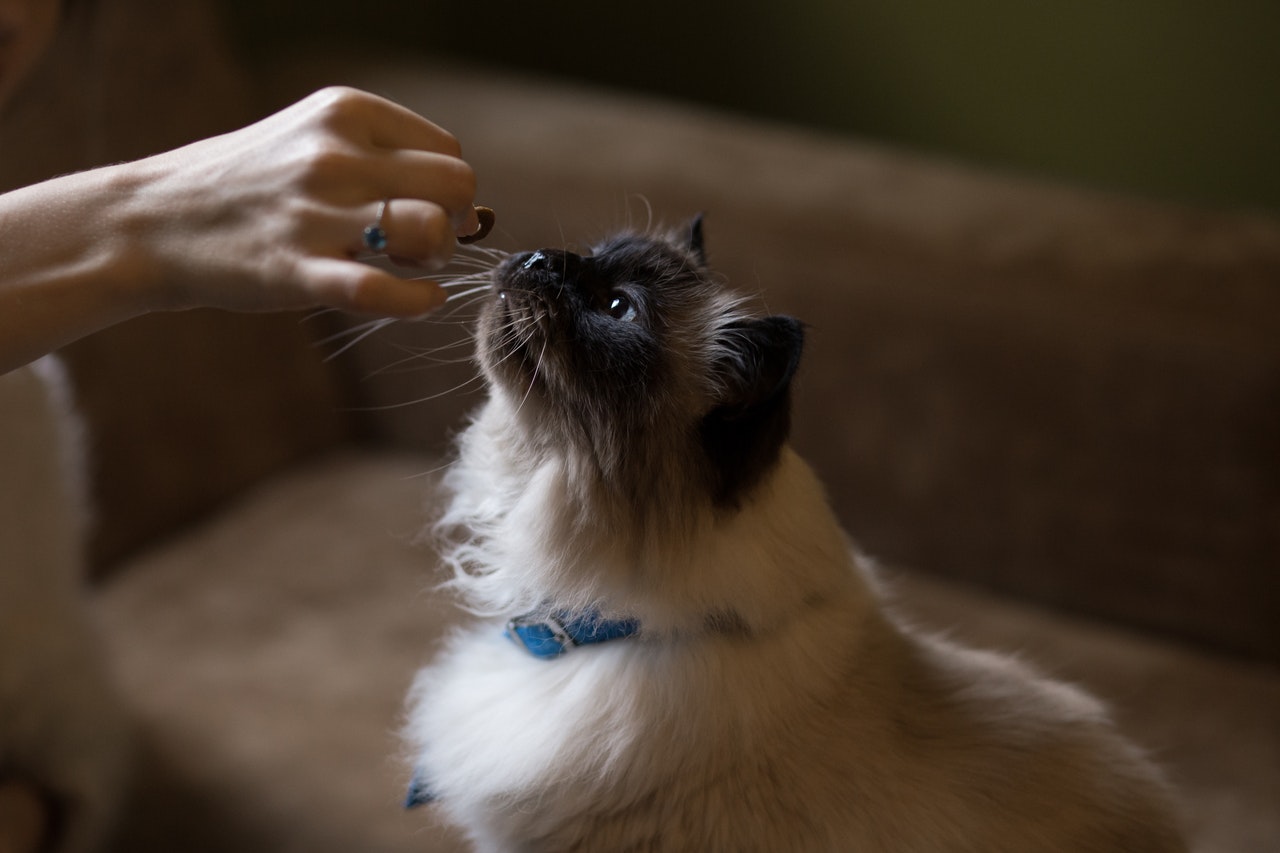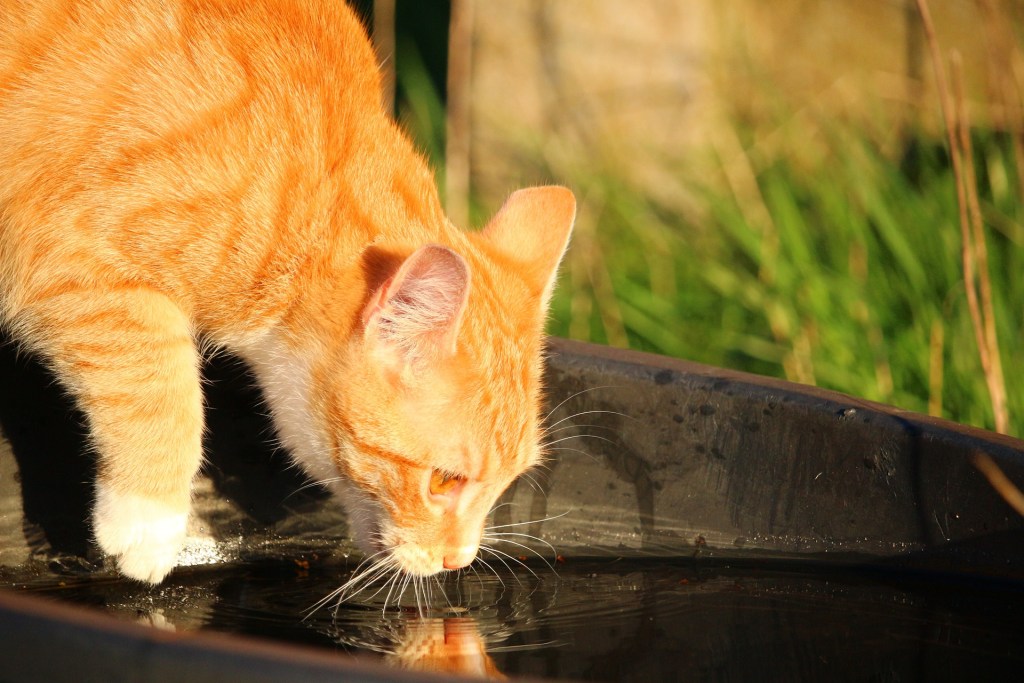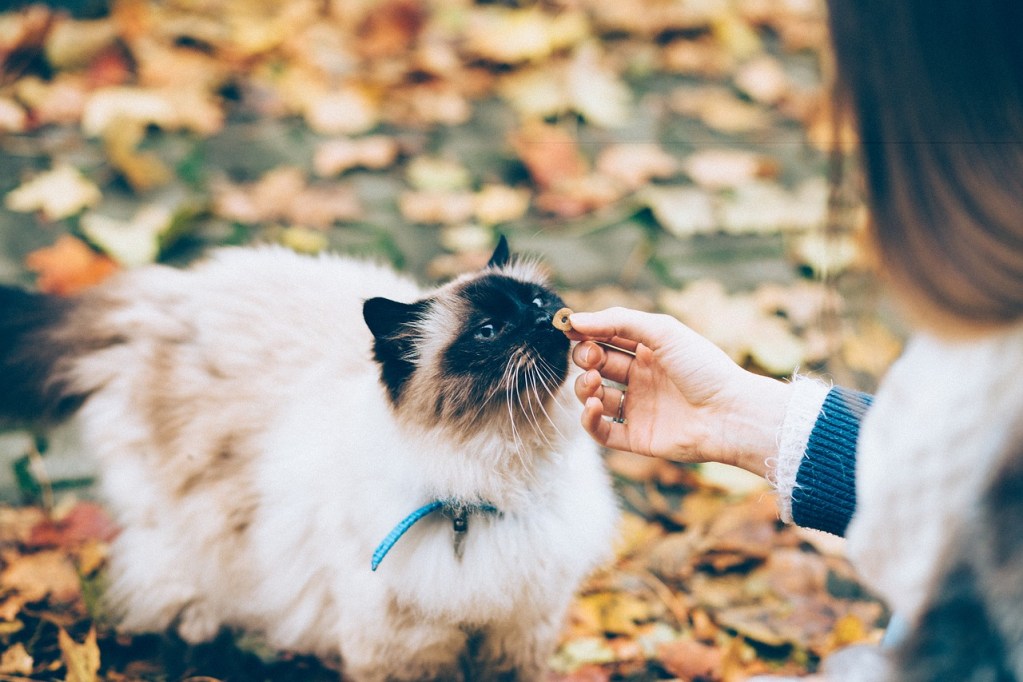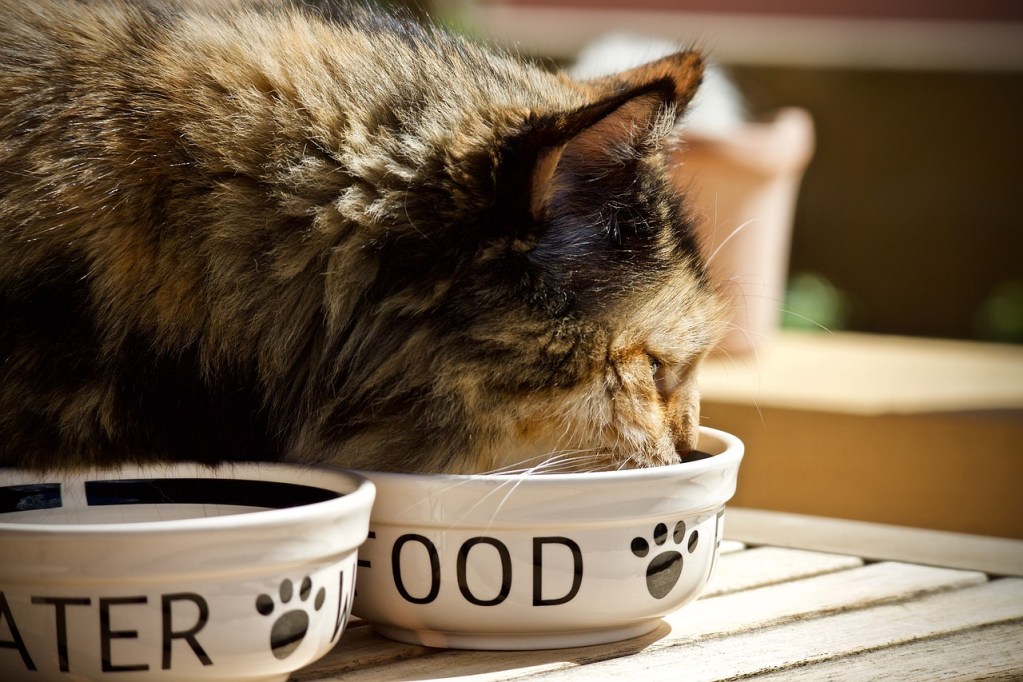Cats and humans have more in common than you might think. Despite the size difference, both cats and humans require a safe place to sleep, regular meals of nutritious food, and plenty of water. However, the erroneous belief that all cats hate water is often conflated with the amount of water our feline companions need to drink each day. Research shows the evidence that cats “hate” water is anecdotal at best, and it usually stems from a negative experience, like being left outside in a rainstorm. In reality, cats can’t go for days without drinking clean water.
How long can cats go without food and water? The answer may surprise you. Here’s everything you should know.

Why do cats hate water?
Contrary to popular belief, not all cats hate water. What most cats hate is being given a bath. Fortunately for pet parents, only a few cat breeds (like the Sphynx) require frequent bathing. While big cats like tigers and panthers are fond of taking a dip in lakes and streams, your miniature panther will probably avoid it at all costs — and for good reason. Cats are agile creatures, and having a drenched coat weighs your kitty down, hindering her movements.
Additionally, cats have a keen sense of smell — 14 times stronger than that of a human — which means they can pick up on chemicals in water that our comparatively rudimentary olfactory senses can’t detect. That being said, the feline hatred of water isn’t a universal trait. Abyssinians, American bobtails, American shorthairs, Bengals, Maine coons, Manx cats, Norwegian forest cats, Turkish Angoras, and Turkish Vans usually have an affinity for water. And, no matter how cats feel about swimming, they all need plenty of water to drink.

What happens if a cat doesn’t eat for 3 days?
While it’s possible for a cat to survive for up to two weeks without food, cats can survive for only three days without water. However, cats are obligate carnivores, meaning they require meat to survive. Without a constant source of protein, it’s more likely that cats will survive only three to four days without food, regardless of whether they have access to fresh water. After three to four days without food, a cat’s organs will begin shutting down.
Dog and human livers can support the body on energy stores, meaning we can last longer without food. A cat’s liver lacks this capability, and as cats begin to lose weight from lack of nutrition, the body’s fat stores begin to infiltrate the liver. Unless a cat consumes enough calories to replace their fat stores with energy, a life-threatening complication known as hepatic lipidosis occurs, resulting in liver failure.
Cats should never be left unattended without adequate amounts of food and water. If you have to leave town, you should board your cats or hire a pet sitter to ensure that her needs will be met while you’re away.
How long can stray cats go without food?
Just like our pampered house cats, stray — often confused with feral — cats have the same dietary requirements. Because cats are biologically hardwired to use protein as an energy source, they need meat to survive. However, unlike house cats, stray cats don’t have access to a consistent source of food and water. You may want to leave out fresh food and water if you have stray cats in your area, or you can set up a humane trap and bring them to your local no-kill shelter.
Feral cats vs. stray cats
Feral cats want nothing to do with us and will most likely run away if you approach them. If a cat seeks you out for cuddles, they’re probably a stray cat. Dealing with feral cats has become an issue of frequent debate, with some believing they should be euthanized, while others promote TNR programs (short for trap-neuter-release). Organizations capture, spay, and neuter feral cats, and then return them to their colony. Stray and feral cats have limited resources, which makes population control essential to supporting local colonies. In an ideal world, every cat would find their forever home. Until that day, shelters, rescues, and TNR programs are their best bet for survival.
How you can help
Keep your indoor cats inside, make sure they’re vaccinated, and have your fur babies spayed and neutered to help prevent overpopulation and the spread of infectious diseases. Take in strays if you have the space for them, or foster them temporarily until a home opens up. Contact your local animal rescue, shelter, or volunteer program if you’re interested in helping feral cats in your area.

What to do if your cat has stopped eating and drinking
Cats can be finicky creatures. You may only need to clean their food and water bowls to prompt them to eat. Similarly, your fur baby may turn up her nose at her food bowl if you’ve recently switched to a new cat food. Typically, cats will eat new food when they get hungry enough. But it’s time to go to the vet if your cat still refuses to eat and drink for 24 hours. Dehydration and malnutrition can have potentially fatal consequences, and you should never take chances with your fur baby’s health.




